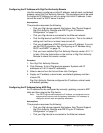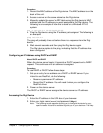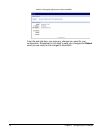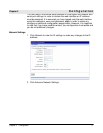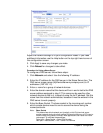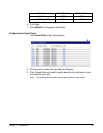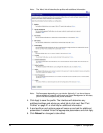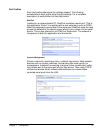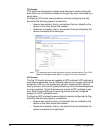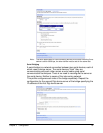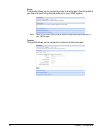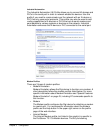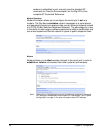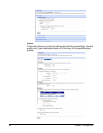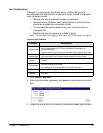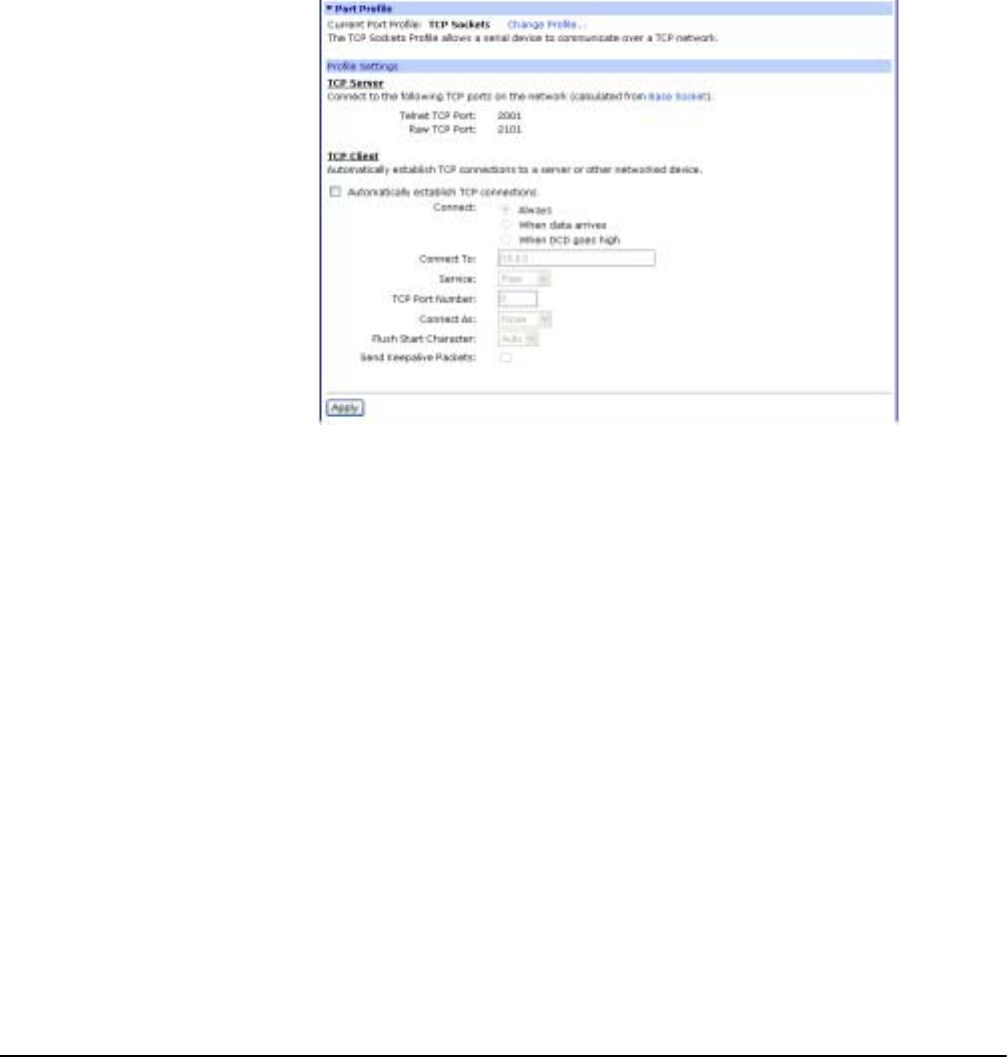
22 Chapter 3 Configuration
TCP Sockets
TCP socket communication enables serial devices to communicate with
each other over an Ethernet network as though they were connected by a
serial cable.
Configuring TCP socket communications involves configuring the Digi
device for the following types of connections:
• Inbound connections, that is, connections that are initiated by the
device on the other side of the network.
• Outbound connection, that is, connections that are initiated by the
device connected to the serial port.
Note: TCP Sockets profile is also the profile to use for Autoconnection. See "Click
Reboot for changes to take effect." on page 33 for more information.
UDP Sockets
The Digi TS Family devices are capable of UDP multicast. UDP multicast is
used to send serial data over an Ethernet cable to one or many hosts at the
same time. UDP is a ‘connectionless’ protocol, meaning UDP does not
need a protocol, but is sending data without any form of acknowledgement
or error correction. Up to 64 devices can receive a UDP multicast at one
time. Both the transmitting and receiving devices must be configured
properly for UDP multicast to work.
Configuring UDP multicast communications involves configuring the Digi
device for the following types of connections:
• Inbound connections, that is, connections that are initiated by the
device on the other side of the network.
• Outbound connection, that is, connections that are initiated by the
device connected to the serial port.



